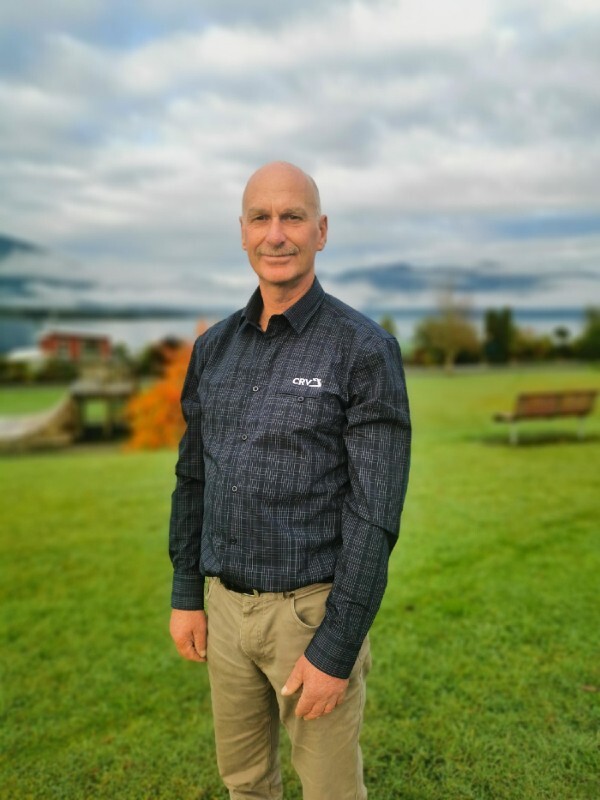Malcolm Wyllie’s knowledge of breeding doesn’t come from the classroom. Rather, CRV’s sales consultant for North Canterbury and Kaikoura developed his understanding in the real world of farming.
“I’ve been involved in the breeding game since I was a young fella on Dad’s farm,” says Malcolm.
“We had a Beef Shorthorn Stud herd in Rangiora, then I was lucky enough to get a job on a Stud Holstein Friesian herd with our neighbour where breeding and the local shows were major parts of the job.
“That lit a fire in me about herd improvement and I’ve been passionate about breeding for gains ever since.”
Malcolm knows first-hand how strategic breeding can help farmers achieve their goals.
“In my experience, working to a longer vision is where bigger gains can be made. Having a medium- to long-term plan is the key because it influences your year-by-year breeding decisions. It certainly shaped mine. The plan kept the direction of my decisions consistent, which is important if you’re going to breed the traits you want into your herd.”
The experience Malcolm refers to took place on a 950-cow farm in Ashburton. During an eight-year period, he took a herd producing 320kgMS per cow per season and lifted production to 495kgMS per cow. That equated to 2,000MS/ha with limited inputs, all of which significantly boosted the operation’s Economic Farm Surplus.
Malcolm believes his long-term breeding goals played an important role in lifting production.
“I targeted traits that I knew would increase production. I picked specific bulls for certain cows and then two years later, I would see the physical traits I was aiming for in the progeny. That was extremely satisfying. The production numbers flowed from there.”

